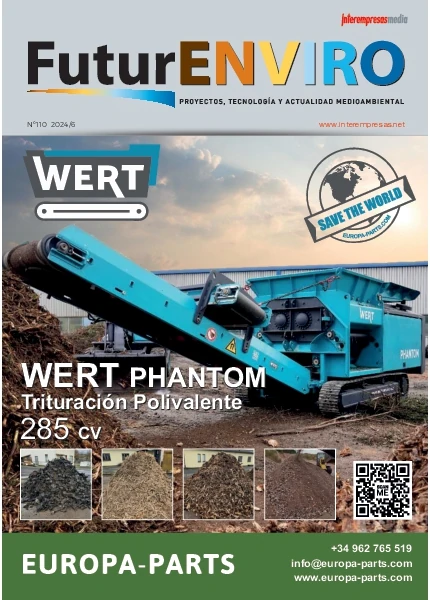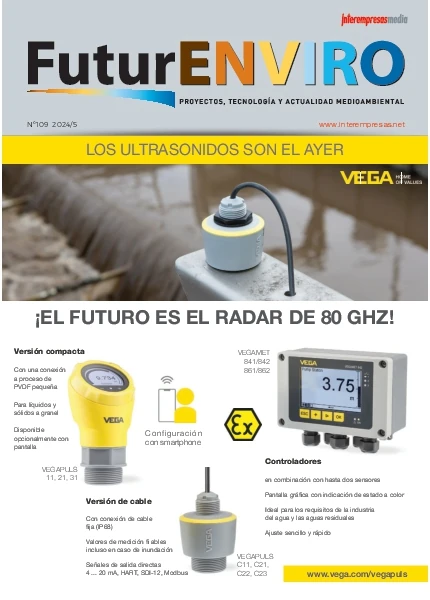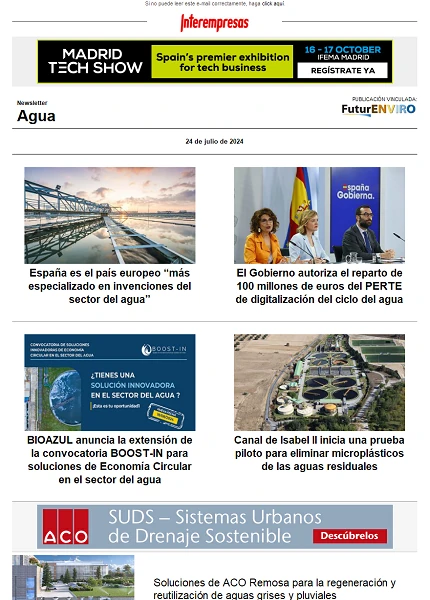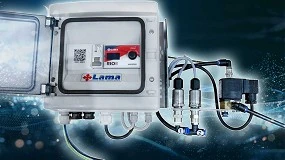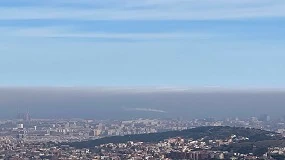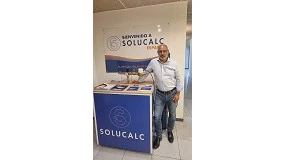Parasitic protozoa survive sewage treatment plants and Galician purification
on March 22, 2011
As much as try to drink more and more water of highest quality and purity, devoid of the greatest possible number of particles or organisms representing problems both for humans to animals, especially at the time of ingestionThere are even organisms that manage to overcome technical barriers which the expert in water strives to put them without problems. In this case, it some protozoa of the genus Cryptosporidium oocysts, cysts of the infamous Giardia, which so many gastroenterologists and doctors of the digestive tract have fought to eradicate of the ill from the polluted bodies.
That is why, a team of the Galician Institute of food quality (Ingacal) of the Xunta de Galicia has endeavoured to explore the waters of this autonomous community to check the levels of these existing therein protozoa. José Antonio Castro Hermida, scientific project leader says in this regard that "the presence of these two forms of micro-organisms are one of the biggest problems of public health in water supplies".
To achieve this measure, a team took some 232 samples of water in 55 Galician municipalities, effectively confirming the presence of these forms of distribution in the sewage waste water, the treatment of drinking water and recreational areas. These important results, published by the magazine 'water research', have demonstrated the wide distribution of the cyst and the Oocyst, demonstrating the ineffectiveness of treatment which apply to the plants in order to inactivate these parasites.
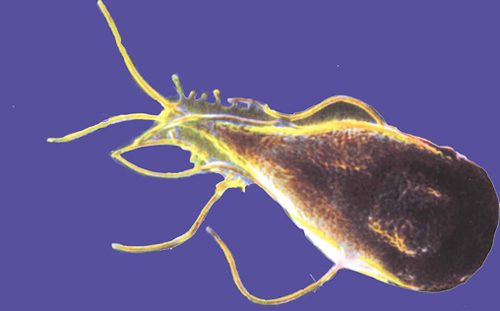
In the case of the treatment plants, the figures are quite alarming appearing in 96% of the effluent, up to 6 thousand Giardias per liter, while the oocysts appear in 64% of these. With regard to the purification figures decrease significantly reaching 36.5 per cent for the first parasite and 32.7 per cent for the second, while in the recreation areas increases up to 60%.
Another fact which could collect the Ingacal team, is that there were two types of discharges in both Galician provinces. In the first, located in the coastal strip populations, waters went directly to the sea, while that in the located in the interior, spills were to give to the rivers, which, according to Castro Hermida "represents a significant risk for animal and human health".
These organisms cause parasitic diseases related to the gastrointestinal tract, as a syndrome of malabsorption and diarrhea in mammals and birds. Among ruminants can cause high mortality during the first month of life, causing major economic losses in livestock farms. In humans, the prevalence of both diseases is especially notable in people with AIDS or immunocompromised.
Possible solutions for these resistant parasites
The mechanisms that have these microscopic creatures to overcome what the man imposes on them, are still somewhat unknown to researchers of water that can not do anything else that recognize the difficulty of finding a solution to this bad water affecting the whole planetgiven the outbreaks appear in more backward in this area up to the most developed countries.
In this regard, Jose Antonio Castro Hermida points that ideally to continue facing these infections would be "to protect the sources of water, advance in their treatment and monitor real-time parameters indicative of the quality of the water"", as a preventive measure".
Another series of actions proposed in this Galician research group could be the elaboration of monitoring plans to monitor the presence, viability and infectivity of these protozoa on effluent of sewage and purification plants.

An essential step taken by some countries such as the United Kingdom and the United States has been the foster the cooperation between Governments and industries dedicated to the treatment of water. For example, through the Drinking Water Inspectorate (DWI) English and through the Agency of protection (EPA) American, he coerces companies to monitor the presence of these two parasites.
Spain, meanwhile, laws specify that when the turbidity of water exceeds the 5 UNF (unit specializing in this regard), determine the amount of Cryptosporidium and other possible similar agencies. However, this legislation is not fully accurate scientifically because there have been cases of water only ranged from the 0.25 to 1.7 UNF, which however, contaminated 403,000 people, as it came to pass in Milwaukee (USA) in 1993. This is why, discussed the Galician researchers, that are controlling the waters with much lower than these levels of turbidity, and thus be able to rule out the presence of both enteropathogens.
See the full publication of this team formed by José Castro Hermida, Ignacio García Presedo, Marta González Warleta and Mercedes Mezo, presented under the title ' Cryptosporidium and Giardia detection in water bodies of Galicia, Spain', in the December of 2010 edition of 'water research'. In this way, seeks to carry these technical advances to other regions of the world where the parasitic contamination by these entities wreaks havoc among the population and livestock and domestic animals.


